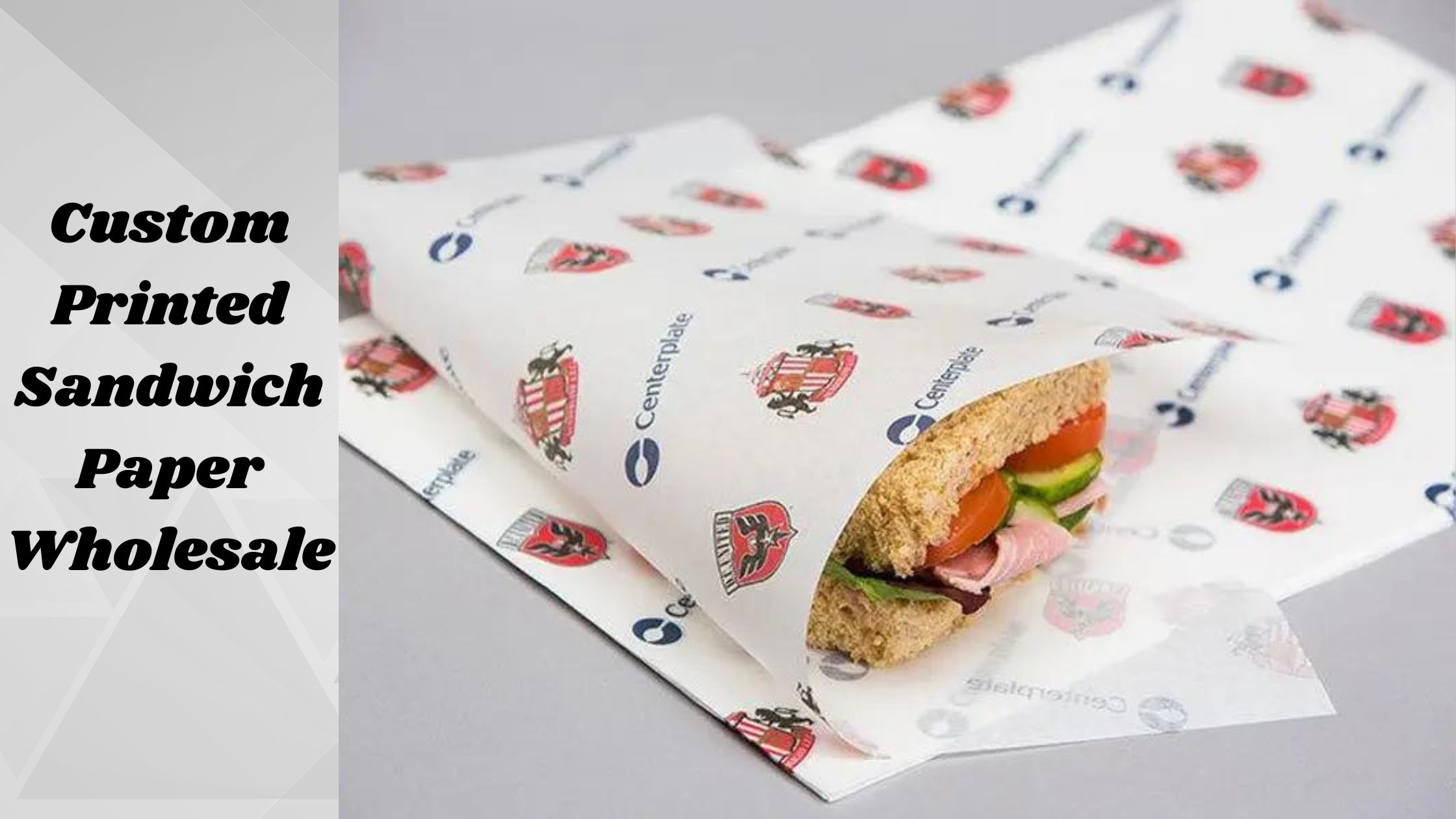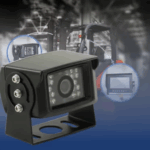
The use of a special kind of custom printed sandwich paper for sandwich preparation can be deemed as one of the major milestones in the history of food packaging. As it effectively answers the need for transportation of such products as sandwiches, and other perishable food products.
However, it can be stated that the relatively modern practice of using waxed paper to wrap food dates back to the end of the 19th and the beginning of the 20th century. Motivating this innovation was the challenge of having to preserve food hygiene and freshness most especially with the growing popularity of easily portable foods.
Through the progress of time, custom printed sandwich paper has also been developed in terms of the type of paper being used and constant developments in the technology being used in the sandwich papers ranging from simple waxed paper sheets to today’s custom sandwich paper. That is tailored to meet the branding company and the consumers.
Origins and Early Development
Papers have been first used to wrap foods from pre-historic times by using such items as leaves and parchments. While the invention of sandwich paper goes back to as early as the last part of the 17th century. There was enhanced emergence and development of what is considered today as sandwich paper in the 18th century. Those food distributors and households looking for a convenient way of packaging and conveying sandwiches without regard to the freshness of the bread found a solution in the invention.
Emergence of Waxed Paper
The first custom printed sandwich paper appeared at the dawn of the nineteenth century and became one of the significant discoveries in food covering. This entailed the covering of paper with wax to act as a barrier against the access of moisture. This innovation enhanced the carrying convenience by increasing the shelf life of sandwiches and other perishable foods. It also made them more hygienically packaged.
Advancements in Materials
That is, for the progression of industrialization the materials being used for sandwich paper manufacturing also came along with newer editions. Manufacturers of waxcloth items started experimenting with various wax types and kinds of paper aiming to improve the strength and flexibility of the product. In the last decades of the nineteenth and early twentieth centuries. This was a time of mechanization of the papers moving from hand-made to machine-made papers enhancing production and utilization.
Customization and Branding
Custom printed sandwich paper has therefore gone a notch higher than the normal use or function of sandwich paper. Companies understood that sandwich paper is not only used to cover the products and protect them. But it is also ideal for putting logos and advertisements on. New logos and advertising slogans created out of simple wrappers put customers on display and proved to be effective marketing instruments.
Technological Innovations
In the subsequent decade of the modernizing world, the twentieth century saw even more developments in packaging technology. Besides the improvement in print embossing. Getting modern technologies made it possible to produce design details and bright colours on sandwich paper and meet customer needs and market trends.
Environmental Considerations
This paper aims to assess the degree to which the notion of sustainable packaging has been incorporated into the industry. Nowadays available for usage in sandwiches, the papers have incorporated biodegradable components and environmentally friendly coatings. Consumers strive to purchase products that have characteristics that suit their sustainable values hence encouraging manufacturers to produce items. That can be recycled and are compostable.
Versatility Across Industries
Custom sandwich wrap paper has other uses apart from food service uses for instance. The following are some of the uses of custom printed sandwich paper. Bakery outlets, take-away counters of delis, fast foods including hamburgers, and catering businesses apply it for wrapping sandwiches, burgers, confectionery food bars and other ready-to-eat products. It has numerous non-gourmet applications. Including the packaging of small products or acting as a cover for surfaces during design and painting.
Future Trends and Innovations
The only outlook for the vitality of custom printed butcher paper is constant development and integration with the market’s orientation. Predictively, prospects for further advancement of smart packaging, and advanced innovations in sustainable materials are expected to define the market. The current trends of customers’ preference for personalization, sustainability, and functionality of packaging materials may be the key to the future innovation of sandwich paper.
Conclusion
Moreso, sandwich paper was a requirement for its time and it has become a more complex packaging material. That can satisfy contemporary society’s needs and the market in general. This practically and historically reveals general tendencies in packaging development, ecological concerns, and customers’ choices. The creation of new technologies and growing awareness of the environment. The planet will remain loyal to custom printed sandwich paper to create the perfect qualities of freshness and presentation of food products. As well as the identity of products at the brand level.





